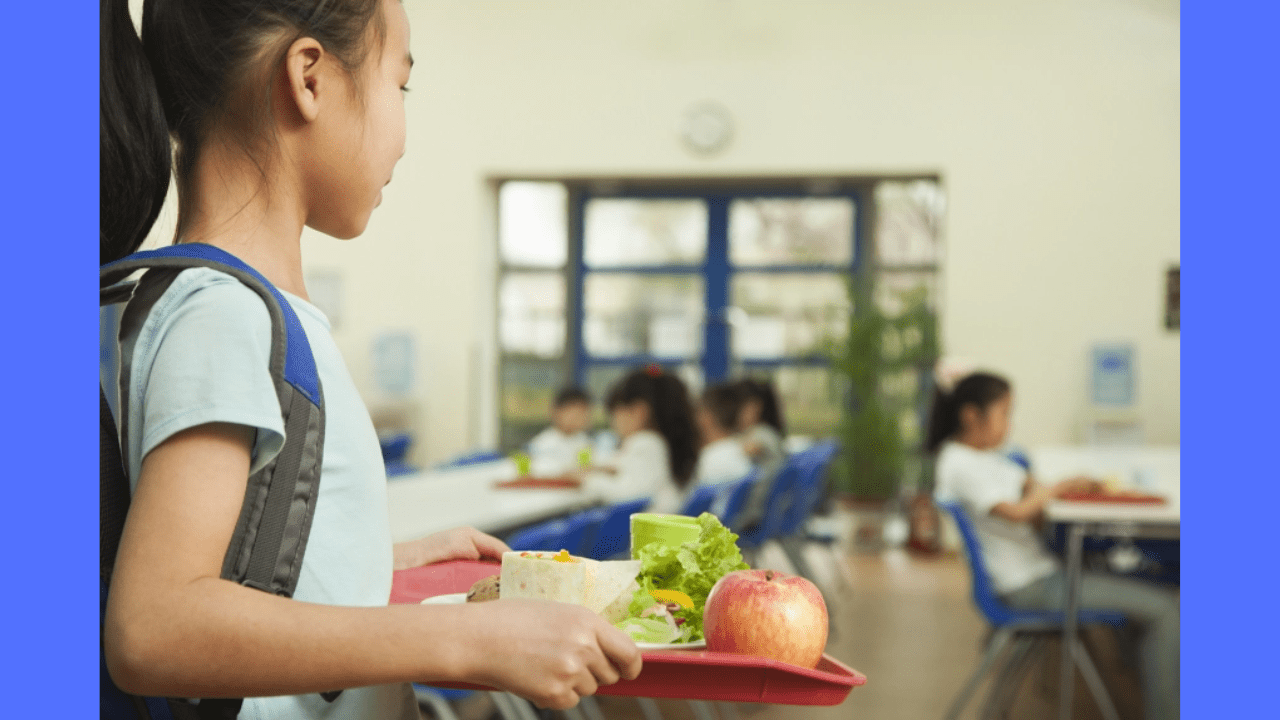
More states line up to serve free school meals to all kids
Orlando Sentinel | By Elaine S. Povich, Tribune News Service | June 5, 2023
“I watched kids get to the end of the line and not have enough money on their cards,” the Democrat said in a phone interview with Stateline as the legislative business of the Senate droned on in the background. The cafeteria worker would have to tell students that they were over their limit. That’s when Mannion frequently stepped in.
Now, Mannion, who is in his second term representing an upstate district, is trying to help on a broader level: He is championing a proposal to offer free school meals to as many kids as the state can afford to serve.
New York is one of many states where legislators are trying to make school breakfasts and lunches available to some, if not all, students at no charge. Six states — California, Colorado, Maine, Massachusetts, Nevada and Vermont — recently implemented state-sponsored universal free meal programs in schools. The California and Maine programs are permanent. Colorado’s plan, which voters approved via ballot initiative, requires school districts to opt in, but the state shoulders the cost.
Nevada used leftover federal pandemic aid for the program through the next school year but has not extended it beyond that. Massachusetts recently extended its free school meal program through the end of the current school year. Vermont likewise has extended free school meals through the end of the current school year; a study group recommended making the program permanent by the 2026-27 school year.
About 20 states have considered bills this year that would make free school meals permanent, according to the Hunter College New York City Food Policy Center.
During the pandemic, the federal government paid to make school lunches and breakfasts free for all students. Advocates for continuing the practice note that this helped remove the stigma associated with accepting free and reduced-price lunches.
Before free and reduced-price lunches became the norm, some kids were too embarrassed to even sign up, according to research. That was the sort of embarrassment that Mannion encountered as a teacher.
A 2022 study by the Center for Economic Studies at the U.S. Census Bureau found that kids were 5 to 10 percentage points more likely to sign up for a universal free lunch program than they were if the program was based on income.
“Kids opt out of the program as they get older and become more aware of the stigma associated with free lunch,” said Crystal FitzSimons, director of school programs at the Food Research & Action Center, a nonprofit research and advocacy group devoted to highlighting the effects of hunger and poverty. “The pandemic was a nationwide trial run on healthy meals for all.”
There’s little disagreement that kids with full stomachs learn better — the problem is how to pay for the meals. And when families fall behind on paying for meals, school districts are often stuck with the tab. A 2022 survey by the School Nutrition Association found $19 million in outstanding debts to school districts for unpaid school meal bills.
Mannion succeeded in getting $134 million for free school meals incorporated into New York’s 2024 budget, which along with federal funding should cover about 81% of the state’s kids, Mannion estimated.
But legislators so far have balked at a bill to provide universal free lunch for all kids in New York state. New York City already has a universal free lunch program.
“No matter where you live or who you are, where you come from, your economic status, anything, you deserve to eat healthy, locally sourced food,” Democratic state Sen. Michelle Hinchey said at a rally in Albany in March.
The New York state program relies on a U.S. Department of Agriculture regulation called the Community Eligibility Provision. Under that rule, school districts in which 40% or more of students are eligible for free and reduced-priced meals can expand that eligibility to cover all kids in the district. That program requires local districts to cover the cost of the meals, but the New York budget now replaces the local money with state funds.
USDA is currently collecting comments on a proposed rule that would take the qualifying percentage for school districts down to 25%.
Mannion said his bill isn’t universal because of the cost. “The original proposal was that the state cover the costs for all districts,” he said. “We ended up with what I think was a great compromise.”
Another compromise bill is on the governor’s desk in Illinois. The Illinois bill would make school lunches and breakfasts free to all kids through the current school year. To extend the program beyond that, state lawmakers and the governor would have to approve more money to pay for it.
But a $90 million proposal for universal free school meals in Maryland died in this year’s legislative session, despite two hearings where nobody testified against it.
Annette Nielsen, executive director of the Hunter College New York City Food Policy Center, said money shouldn’t be an obstacle to a policy she described as “common sense.”
“The political will has to be there too,” she said. “When you look at the cost of a program like free lunch, it looks minimal.”



